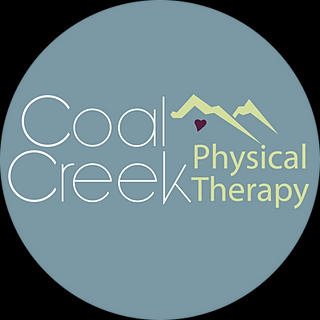The Benefits of Foam Rolling
- Coal Creek PT
- Apr 18, 2019
- 2 min read
Foam rolling is a self-myofascial release technique that is intended to reduce muscular tension and post exercise muscle soreness, improve flexibility, circulation, myofascial mobility, and even improve joint range of motion. There are conflicting opinions on the practice of foam rolling. However, several studies have shown the various benefits of this practice. I personally have had incredible success with incorporating foam rolling into treatment with my patients as well as personal experience with reducing pain and improving mobility and range of motion. Not only is this used for decreasing myofascial tension and pain, but it is an excellent tool for improving spine mobility and posture.

Here are a few examples of the most common foam rolling techniques that I use in my practice:
Gluts:

Roll slightly onto the hip of the leg that is crossed. Slowly roll back and forth over the outside of your hip.
This technique often helps in improving low back, hip and even knee pain.
Thoracic mobility:
Supporting your neck in your clasped hands, lift your hips slightly off the ground and use your feet to roll back and forth over the upper part of your back. Avoid rolling onto the neck or the lower back.
This technique often helps to decrease low back and neck pain as you are improving the mobility of the stiff part of your spine that can create excess stress above and below this area, hence neck and low back pain.

Pectoral stretch:
Laying lengthwise on the foam roller with your head and hips supported. Bend elbows to a 90-degree angle, facing them up toward the ceiling. Slowly and gently open your elbows like a book or “goal post” position until a stretch is felt in your chest. Relax, hold and breath for 30 sec-1 min.
This technique is excellent for reducing tightness in the chest and improving posture.
Please discuss these techniques with your physical therapist to ensure proper technique and safety with these exercises.
Happy Rolling!
Hannah Nicholson, PT, DPT









Comments